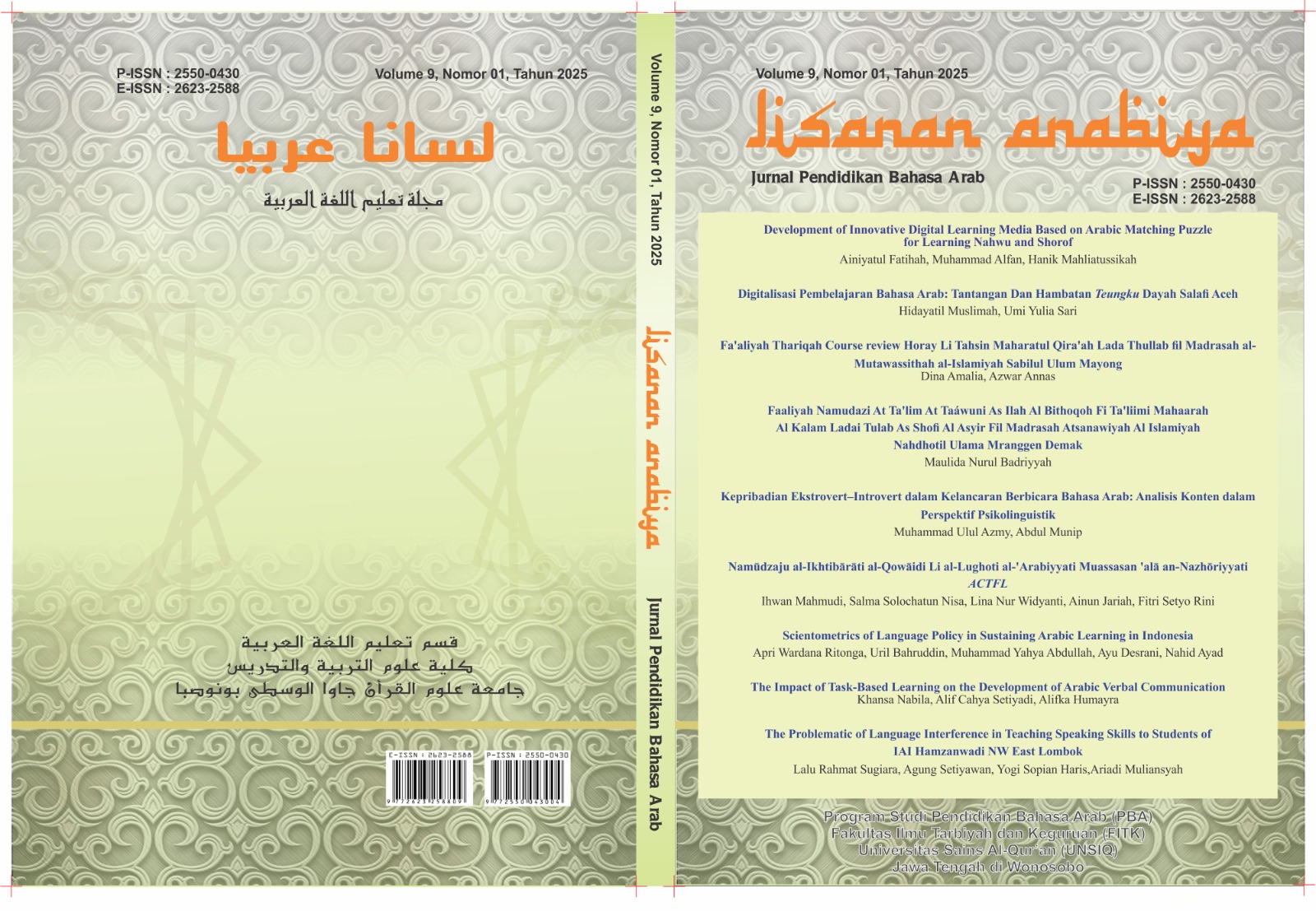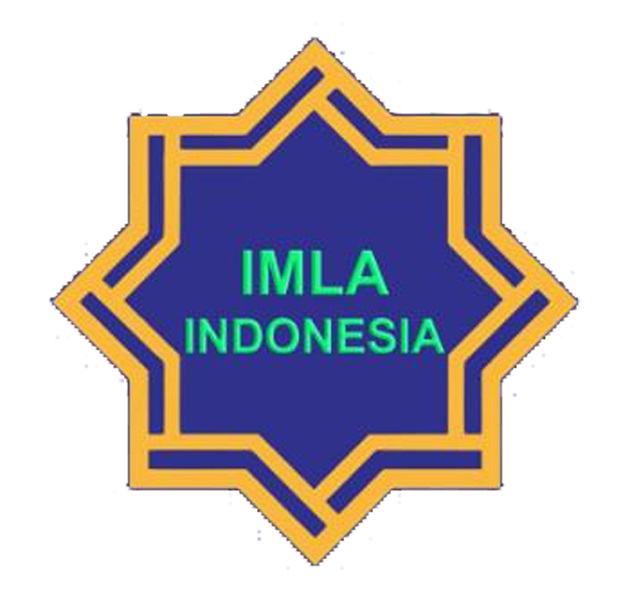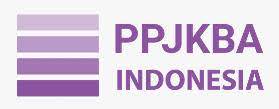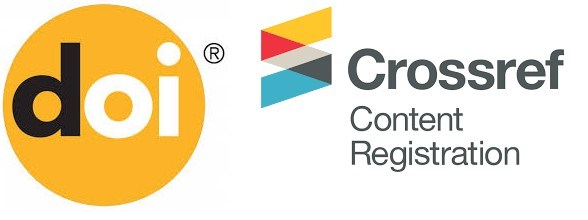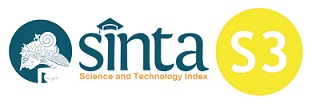Fa’aliyah Thariqah Course review Horay Li Tahsin Maharatul Qira’ah Lada Thullab fil Madrasah al-Mutawassithah al-Islamiyah Sabilul Ulum Mayong
This article discusses the effectiveness of using the course review horay method in improving students' maharah qira'ah. The research was conducted on class VIII students of Mts Sabilul Ulum Mayong in the 2024/2025 academic year. The research subjects included 32 students. The purpose of this study was to determine the students' maharah qira'ah ability, and to prove that the Course Review Horay learning method is very effective in the Arabic language learning process to improve students' maharah qira'ah. The type of research is quantitative research. The data collection techniques used were questionnaires and tests in the form of pretest posttest. The test results were analyzed using SPSS. Data analysis techniques used descriptive statistical analysis and inferential analysis. The findings of this study are that the course review horay method is effectively used to increase students' maharah qira'ah with a medium level of effectiveness, and the N-Gain score is 0.3822.
Abstract
This article discusses the effectiveness of using the course review horay method in improving students' maharah qira'ah. The research was conducted on class VIII students of Mts Sabilul Ulum Mayong in the 2024/2025 academic year. The research subjects included 32 students. The purpose of this study was to determine the students' maharah qira'ah ability, and to prove that the Course Review Horay learning method is very effective in the Arabic language learning process to improve students' maharah qira'ah. The type of research is quantitative research. The data collection techniques used were questionnaires and tests in the form of pretest posttest. The test results were analyzed using SPSS. Data analysis techniques used descriptive statistical analysis and inferential analysis. The findings of this study are that the course review horay method is effectively used to increase students' maharah qira'ah with a medium level of effectiveness, and the N-Gain score is 0.3822.
Downloads
References
Ernanto, H., & Hermawan, S. (2022). Table Of Content Article information Rechtsidee. Indonesian Journal of Law and Economics Review, 14(2), 6–14.
Hasanah, T. N. (2020). Efektivitas Penggunaan Metode Tutor Sebaya ( Peer Tutoring ) Untuk Meningkatkan Maharah Qira ’ Ah Pada Peserta Didik Kelas Xi Ipa Di Madrasah Aliyah Negeri 1 Yogyakarta. Shaut Al-’Arabiyah, 8(2), 101–112.
Huda, M. N., Nurrosyid, A. F., & Aji, A. B. (2021). Implementasi Metode Qira’ah dalam Pembelajaran Bahasa Arab di Madrasah Hidayatul Mubtadiin Lirboyo Kediri. Alfakkaar: Jurnal Pendidikan Bahasa Arab, 5(2), 79–93.
Ishak, D. M., Fitriyanti, E. N., Malang, U. N., Sastra, F., & Malang, U. N. (2020). Pengaruh Pembelajaran Bahasa Arab Maharah Qira’ah Untuk Siswa Madrasah aliyah terhadap Pemahaman Budaya Arab. 61–74.
Izzah, M. A., & Ma’sum, A. (2021). Pengembangan Komik Digital sebagai Media Pembelajaran Bahasa Arab Maharah Qira’ah untuk Siswa Kelas X MA Almaarif Singosari. JoLLA: Journal of Language, Literature, and Arts, 1(8), 1081–1094.
Khoiriyatin, V. Z. (2022). Strategi Pembelajaran untuk Meningkatkan Motivasi Belajar Siswa SMP. Jurnal Inovasi Dan Manajemen Pendidikan, 2(2), 81–86.
Nureva. (2019). Pengaruh Model Pembelajaran Course Review Horay (CRH) Terhadap Hasil Belajar Siswa. Jurnal Iqra’ Kajian Ilmu Pendidikan, 4(1), 15–27.
Nurhayati, H., & , Langlang Handayani, N. W. (2020). Penerapan Model Pembelajaran Course Review Horay untuk Meningkatkan Hasil Belajar Siswa pada Pembelajaran Fisika di Kelas VIII Madrasah Tsanawiyah. Jurnal Basicedu, 5(5), 3(2), 524–532.
Nuris, I. (2021). Penerapan Model Pembelajaran Course Review Horay Pada Pembelajaran Imla’ Bahasa Arab Untuk Meningkatkan Prestasi Siswa Kelas X-a Ma Al-Mustaqim Parepare Tahun Pelajaran 2017/2018 Ihfah. Jurnal Pendidikan Biharul Ulum Ma’Arif, 1–23.
Rahmiati, R., Sunarko, A., & Rois, A. (2022). Efektifitas Model Pembelajaran Jigsaw Berbasis Permainan Puzzle Untuk Meningkatkan Kemampuan Qira’ah di SMP Takhasus Al Qur’an Wonosobo. Lisanan Arabiya: Jurnal Pendidikan Bahasa Arab, 6(1), 103–118.
Rathomi, A. (2019). Pembelajaran Bahasa Arab Maharah Qira’ah Melalui Pendekatan Saintifik. Ta’dib: Jurnal Pendidikan Islam, 8(1), 558–565.
Renaldi, F. S. (2023). METODE AL-BIDAYAH DALAM MENINGKATKAN KEMAMPUAN RESEPTIF BAHASA ARAB: QIRAAH. Jurnal Studi Kemahasiswaan, 3(1), 1–9.
Ritonga, A. W., Ritonga, M., Nurdianto, T., Kustati, M., & Lahmi, A. (2021). E-Learning Process of Maharah Qira’ah in Higher Education during the COVID-19 Pandemic. SSRN Electronic Journal, January.
Santi Supriyani, & Chalimatus Sa’diyah. (2024). Pembelajaran Maharah Qira’Ah Dengan Model Discovery Learning. AL-KATIB Journal of Arabic Linguistic Education Vol. 1 No. 1, , 1(1), 26–42.
Sugiono. (2013). Metode Penelitian Kuantitatif, Kualitatif, dan R&D.
Syah, B. lukman. (2024). Problematika Pembelajaran Maharah Al-qira’ah DAn Solusi Pemecahanya. 8, 1–23.
Syaharani, J., & Syihabuddin, S. (2022). Efektivitas Permainan Uno Stacko Mission guna Meningkatkan Keterampilan Berbicara Arab Peserta Didik. Scaffolding: Jurnal Pendidikan Islam Dan Multikulturalisme, 4(3), 397–407.
Taubah, M. (2020). reseptif Dan Produktif Dalam Bahasa Arab. Jurnal Bahasa Arab Dan Pendidikan Bahasa Arab, 1(1), 33–36.
Waluyo edy, Septian Ahmad, J. E. (2024). Analisis data sampel menggunakan uji hipotesis penelitian perbandingan pendapatan menggunakan uji anova dan uji t. Jurnal Ekonomi Dan Bisnis, 2(30218365), 775–785.

This work is licensed under a Creative Commons Attribution-ShareAlike 4.0 International License.
Authors who publish with this journal agree to the following terms:
a. Authors retain copyright and grant the journal right of first publication with the work simultaneously licensed under a Creative Commons Attribution-ShareAlike 4.0 International License. that allows others to share the work with an acknowledgement of the work's authorship and initial publication in this journal.
b. Authors are able to enter into separate, additional contractual arrangements for the non-exclusive distribution of the journal's published version of the work (e.g., post it to an institutional repository or publish it in a book), with an acknowledgement of its initial publication in this journal.
c. Authors are permitted and encouraged to post their work online (e.g., in institutional repositories or on their website) prior to and during the submission process, as it can lead to productive exchanges, as well as earlier and greater citation of published work (See The Effect of Open Access).

